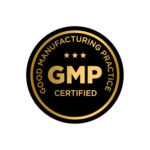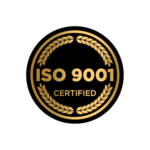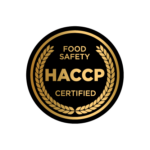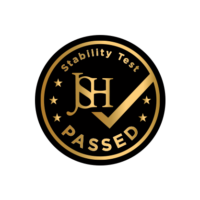Vous est-il déjà arrivé de regarder un pot étiqueté "raw shilajit" et de vous demander ce que cela signifiait vraiment ? Vous n'êtes pas le seul. En fait, si vous réunissiez dix experts en shilajit dans une pièce et leur demandiez de définir ce qu'est le "shilajit brut", vous obtiendriez peut-être onze réponses différentes. (Oui, c'est métaphoriquement possible dans ce cas !)
En tant qu'entreprise de shilajit profondément investie dans la qualité et la transparence, nous avons remarqué que cette confusion revient plus souvent qu'on ne le pense. Il est temps d'avoir une conversation honnête à ce sujet.
Le terme "cru" est devenu une sorte de mot à la mode dans la communauté de la santé naturelle, souvent associé à la pureté et à une intervention humaine minimale. Si cela est parfaitement logique lorsqu'il s'agit de légumes frais ou de noix, l'histoire est un peu plus complexe lorsqu'il s'agit de shilajit. Après tout, il s'agit d'une substance qui se forme naturellement dans les montagnes depuis des siècles, et non d'un produit que l'on peut simplement arracher d'un arbre et manger.
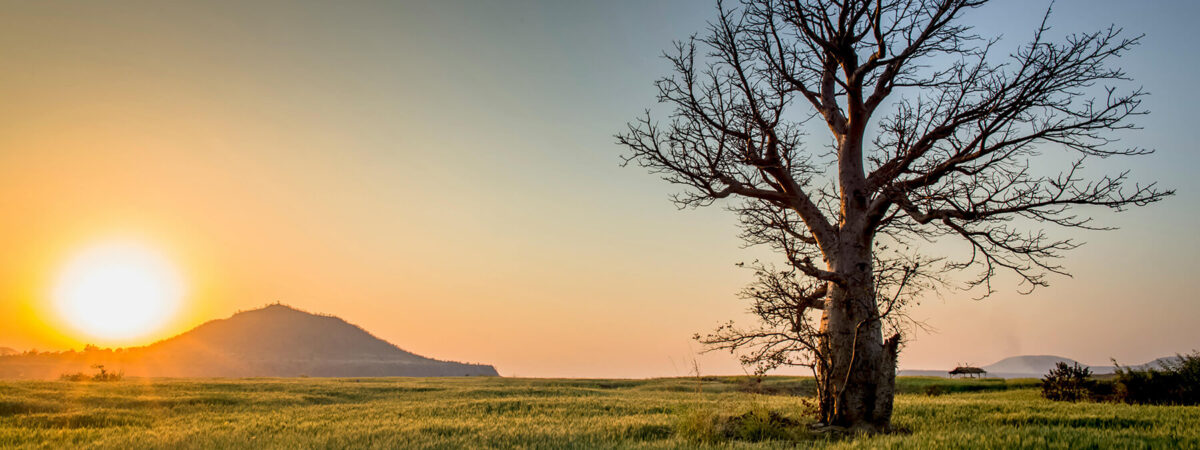
Abordons l'éléphant dans la pièce : l'état actuel du marché du shilajit est, eh bien, boueux (jeu de mots intentionnel, mais nous avons promis de garder le minimum d'esprit). Lorsque vous naviguez sur Internet ou que vous visitez des magasins de produits naturels, vous trouverez divers produits étiquetés comme étant du shilajit "brut", "pur", "naturel" ou "non transformé". Certains vendeurs affirment que leur shilajit provient directement des montagnes, sans aucune transformation. D'autres mentionnent un traitement minimal, mais restent vagues sur ce que cela signifie réellement.
Ce manque de clarté n'est pas seulement frustrant, il est aussi potentiellement trompeur. Voici ce que nous avons observé au cours de nos années de travail avec le shilajit :
La réalité ? Pratiquement tous les shilajits disponibles dans le commerce subissent une certaine forme de traitement avant de vous parvenir. Et c'est là que le bât blesse : ce n'est pas seulement acceptable, c'est absolument nécessaire pour votre sécurité et l'efficacité du produit.
Pensez un instant au miel. Même le miel le plus naturel et le plus brut de votre apiculteur local subit un traitement de base : retrait des opercules de cire, filtrage des parties de l'abeille et élimination des débris par tamisage. Cela ne le rend pas moins "brut" ou naturel ; cela le rend sûr et agréable à consommer. Le shilajit suit un principe similaire, mais avec des exigences qui lui sont propres.
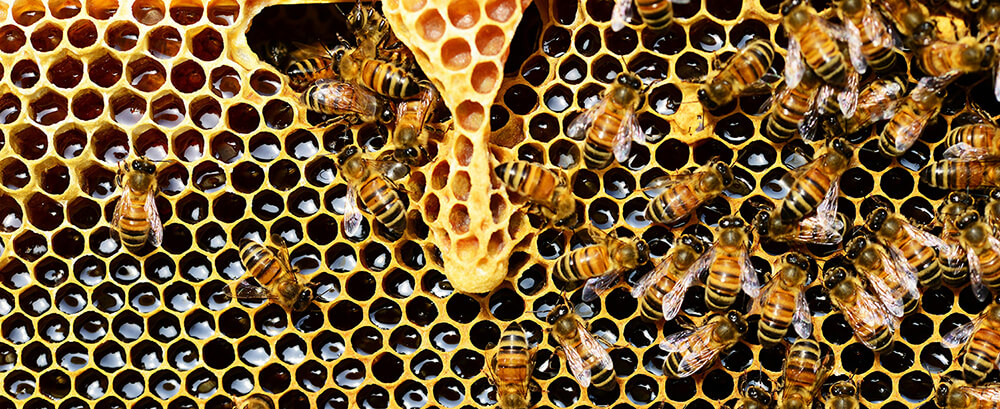
Lorsque nous discutons avec nos clients, nous constatons souvent qu'ils sont surpris d'apprendre que le shilajit non traité - la substance exacte qui suinte des fissures des montagnes - n'est pas ce qu'ils veulent consommer. Il contient généralement des impuretés naturelles telles que des particules de roche, de la matière végétale et parfois même des organismes microscopiques qui doivent être soigneusement éliminés.
Imaginez-vous en haute montagne, où une substance sombre et résineuse s'infiltre entre les couches rocheuses. Il s'agit du shilajit dans son état le plus naturel - une substance complexe formée au fil des siècles par la décomposition de matières végétales piégées entre les roches sous une pression intense et à des températures variables.
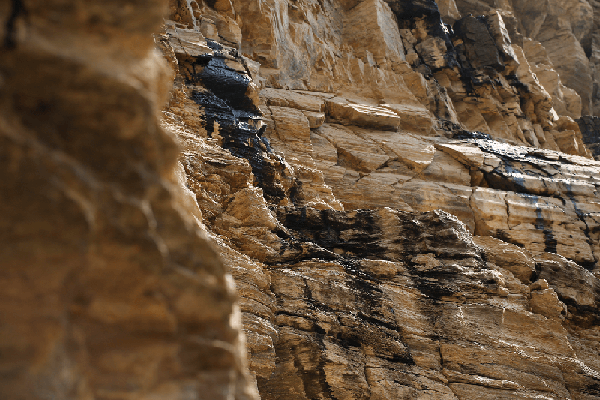
Dans son milieu d'origine, le shilajit brut se présente sous la forme d'une substance épaisse et collante, généralement de couleur brun noirâtre. Lorsqu'il est récolté, il s'agit d'un mélange qui comprend :
Et c'est là le point essentiel : cette substance immaculée, directement issue de la montagne, bien que naturelle, n'est pas encore sous sa forme optimale pour la consommation humaine. C'est comme trouver une pépite d'or dans un ruisseau : elle a de la valeur, mais doit être affinée pour être vraiment utile.
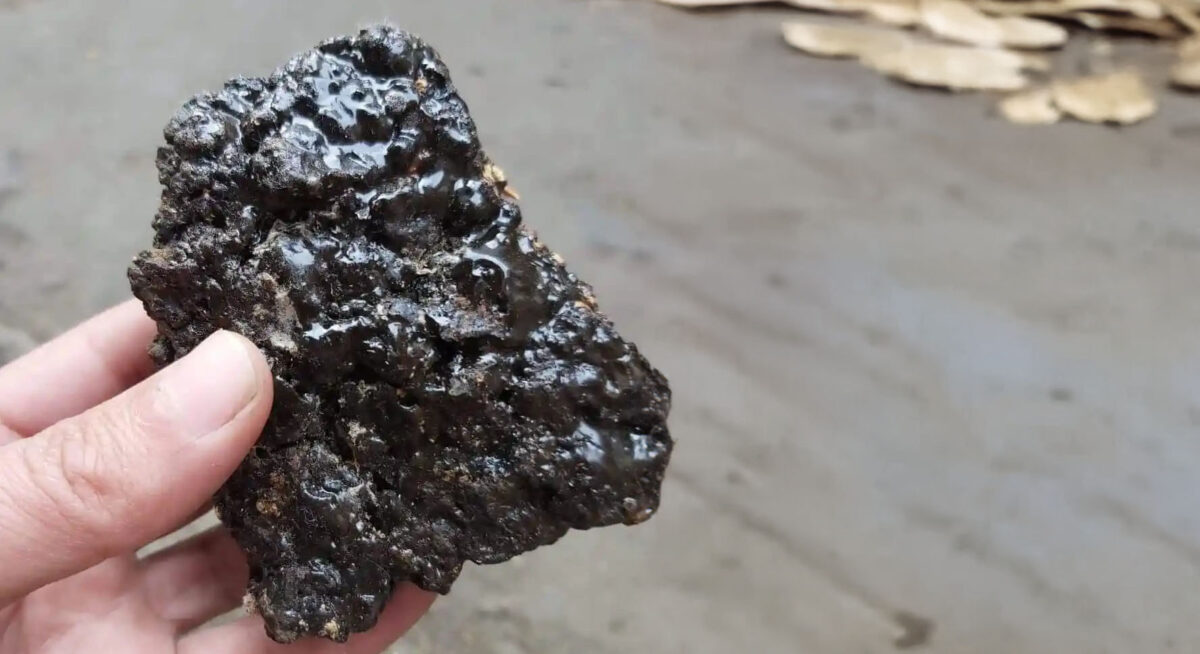
Le voyage de la montagne au marché comporte plusieurs étapes cruciales qui ne compromettent pas la nature "brute" du shilajit, mais renforcent au contraire sa sécurité et son efficacité :
Il est essentiel de comprendre que ces étapes ne font pas du shilajit un produit "transformé" au sens où l'on entend généralement ce terme. Nous n'ajoutons pas de produits chimiques, de conservateurs artificiels ou de substances étrangères. Au contraire, nous affinons soigneusement ce que la nature a créé, un peu comme la sève d'érable est transformée en sirop d'érable par des processus naturels.
Recadrons ce que "shilajit brut" devrait signifier sur le marché d'aujourd'hui. Au lieu de nous laisser piéger par des mots à la mode, concentrons-nous sur ce qui compte vraiment : l'authenticité, la pureté et la sécurité.
Le vrai shilajit "brut" devrait signifier :
Il ne s'agit pas de résine de montagne non transformée, ce qui reviendrait à dire que le miel brut doit être accompagné de morceaux de nid d'abeilles et de parties d'abeilles. La nature fournit des substances étonnantes, mais elles ont parfois besoin d'un coup de pouce pour devenir ce qu'elles sont.
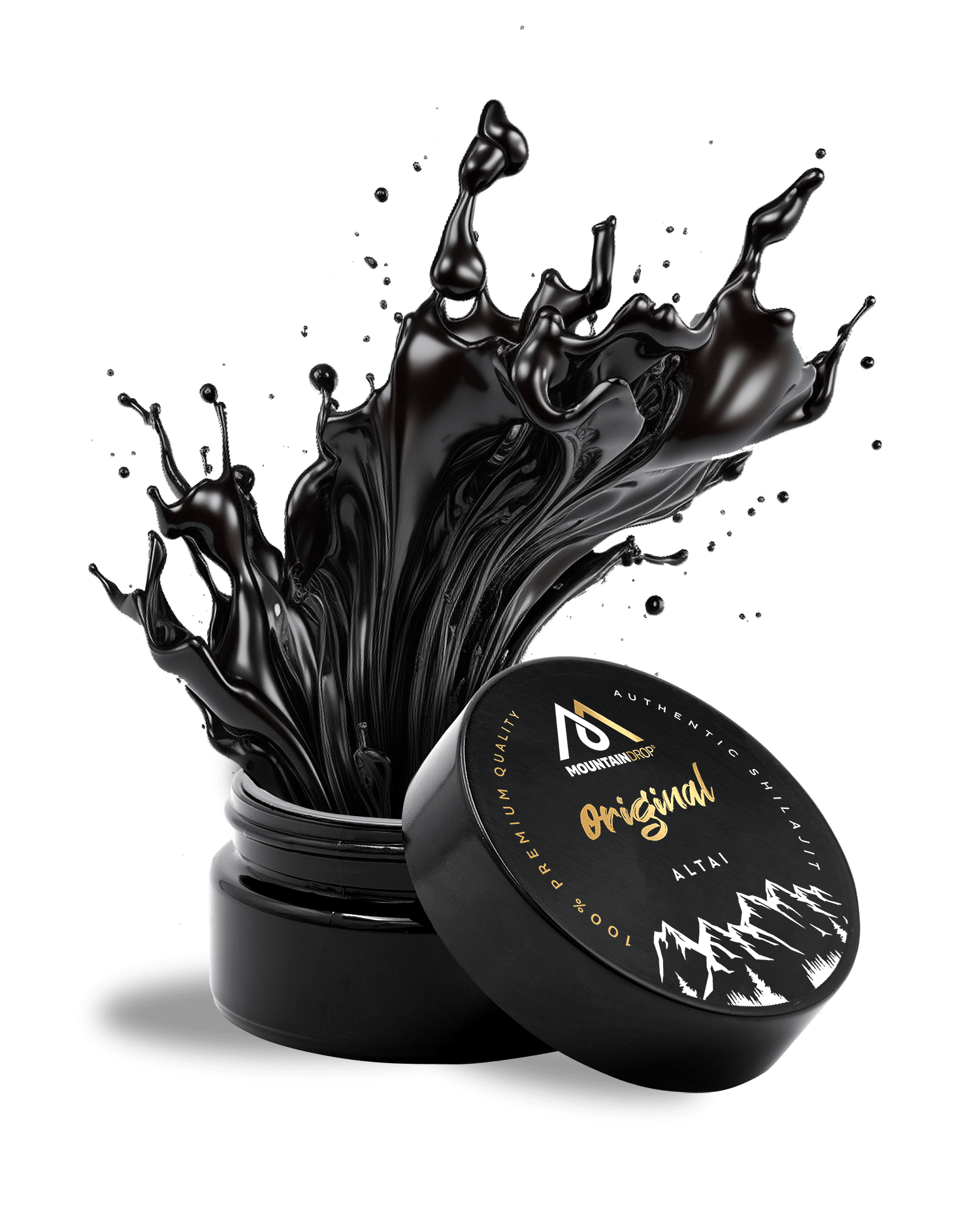
Lorsqu'on recherche un shilajit de qualité, la transparence est essentielle. Toute entreprise digne de confiance doit être en mesure d'expliquer exactement comment elle prépare son shilajit. Méfiez-vous des descriptions vagues ou des affirmations selon lesquelles il n'y a "absolument aucune transformation" - ce sont des signaux d'alarme.
Posez ces questions essentielles :
Chez Mountaindrop, nous croyons qu'il faut aller au-delà des termes de marketing pour se concentrer sur ce qui compte vraiment : fournir du shilajit qui est à la fois naturel ET sûr. Nous ne nous contentons pas d'affirmer que notre shilajit est "brut" - nous expliquons exactement ce que cela signifie et comment nous maintenons sa puissance naturelle tout en garantissant sa pureté.
L'objectif n'est pas de trouver le shilajit le moins transformé possible, mais plutôt un shilajit qui a été soigneusement préparé pour faire ressortir ses meilleures qualités tout en conservant son essence naturelle. C'est notre engagement envers vous : une transparence totale sur la façon dont nous transformons ce cadeau de la nature en un complément sûr et efficace pour votre santé.
Des questions sur notre processus ? Nous sommes toujours prêts à partager nos connaissances et notre expérience avec vous.

Copyright 2024 © Mountaindrop. Tous droits réservés. Propulsé par EOSNET
